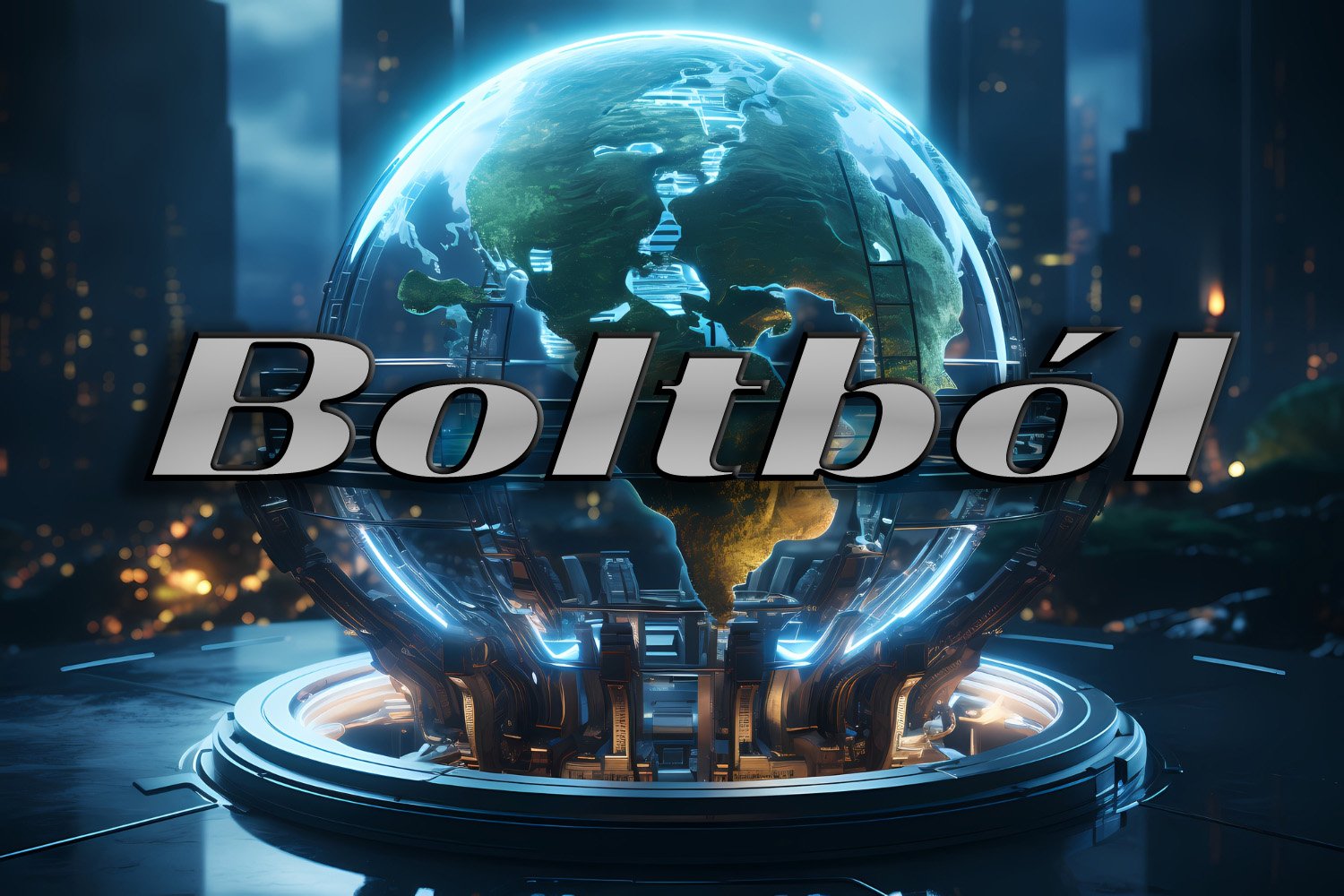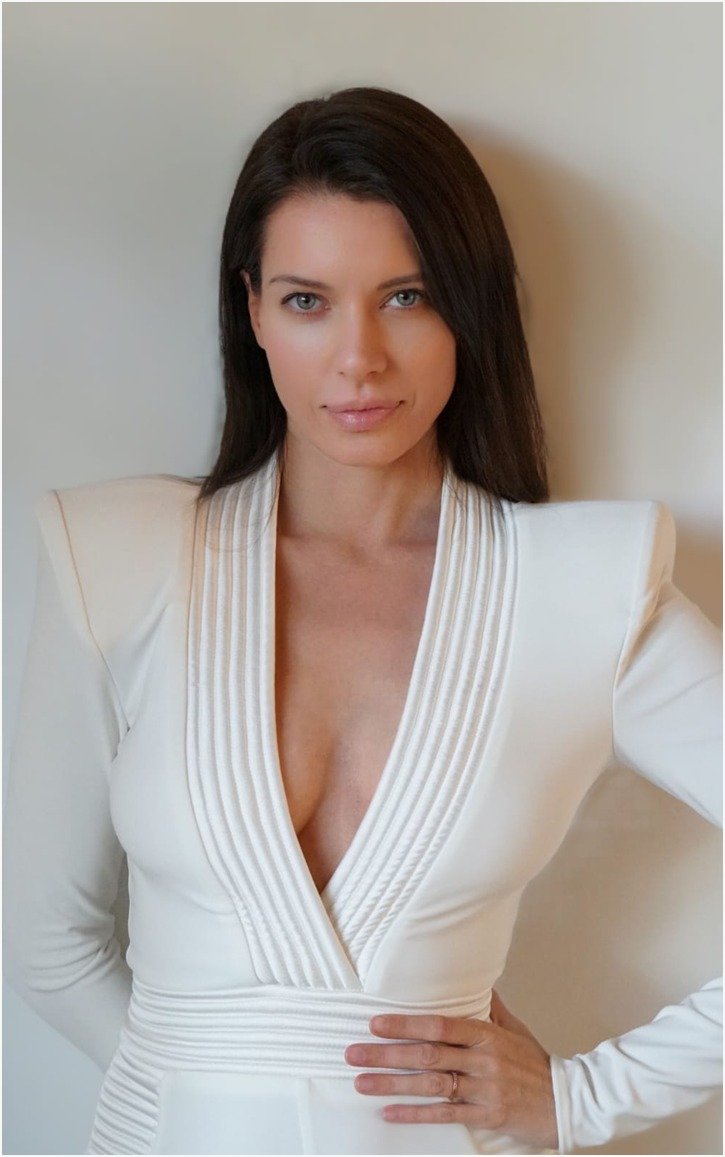In the realm of fantasy and mythology, there exist tales that transcend time, captivating generations with their mystique and wonder. Among these, the legend of Boltból stands as a testament to the enduring allure of storytelling. Originating from the rich tapestry of Norse mythology, Boltból is a creature of both beauty and terror, a being whose existence intertwines with the very fabric of the cosmos.
Unraveling the Origins
To comprehend the essence of Boltból, one must delve into the annals of Norse mythology, where gods and giants treaded the earth, and the boundaries between mortal and divine were blurred. In the poetic Edda, a collection of Old Norse poems, Boltból emerges as a prominent figure, often depicted as a colossal serpent or dragon encircling the world.
The name “Boltból” itself carries significance, stemming from the Old Norse words “Bolt” meaning “evil” or “dangerous,” and “Ból” signifying “to encircle” or “to wrap around.” Thus, Boltból embodies the embodiment of chaos and the eternal cycle of destruction and renewal.
The Mythic Role
In Norse mythology, Boltból assumes a pivotal role in the cosmic order. As the serpent coiled around the world, its mere presence symbolized the forces of chaos and entropy perpetually threatening to unravel the established order. According to legend, Boltból’s existence was intricately linked with the fate of the cosmos, signifying the ever-present struggle between creation and destruction.
Furthermore, Boltból was not merely a passive observer in the cosmic drama but an active participant in Ragnarök, the apocalyptic battle foretold to herald the end of the world. As the final cataclysm approached, Boltból would break free from its bindings, unleashing its wrath upon the land, and engaging in a climactic showdown with the gods themselves.
Symbolism and Interpretations
The symbolism surrounding Boltból transcends its mythical origins, resonating with themes of existential dread, primordial chaos, and the inevitability of fate. In many interpretations, Boltból embodies the concept of the Ouroboros, the ancient symbol of a serpent eating its own tail, representing the cyclical nature of existence.
Moreover, Boltból’s role as both a harbinger of destruction and a catalyst for renewal echoes the dualistic principles of Norse cosmology, where chaos and order are inextricably intertwined. It serves as a reminder of the delicate balance between creation and dissolution, and the eternal struggle to maintain harmony in a world fraught with turmoil.
Cultural Impact and Legacy
Despite its ancient origins, the legend of Boltból continues to exert a profound influence on popular culture and artistic expression. From literature to film, music to visual arts, the imagery of the world serpent has permeated countless creative works, inspiring awe and fascination in audiences around the globe.
In recent years, Boltból has experienced a resurgence in popularity, fueled by the resurgence of interest in Norse mythology and the broader genre of fantasy literature. Its enigmatic nature and symbolic significance make it a compelling subject for exploration, inviting artists and scholars alike to interpret its meaning and relevance in contemporary society.
Conclusion
In the vast tapestry of myth and legend, Boltból stands as a symbol of the eternal struggle between order and chaos, creation, and destruction. From its origins in Norse mythology to its enduring presence in modern culture, the world serpent continues to captivate the imagination and provoke contemplation on the mysteries of existence.
As we gaze upon the coiled form of Boltból, we are reminded of the profound truths encoded within its mythic narrative — the inevitability of change, the fragility of order, and the eternal cycle of life, death, and rebirth. In its serpentine embrace, we find both terror and transcendence, a testament to the enduring power of storytelling to illuminate the darkest recesses of the human psyche.








+ There are no comments
Add yours